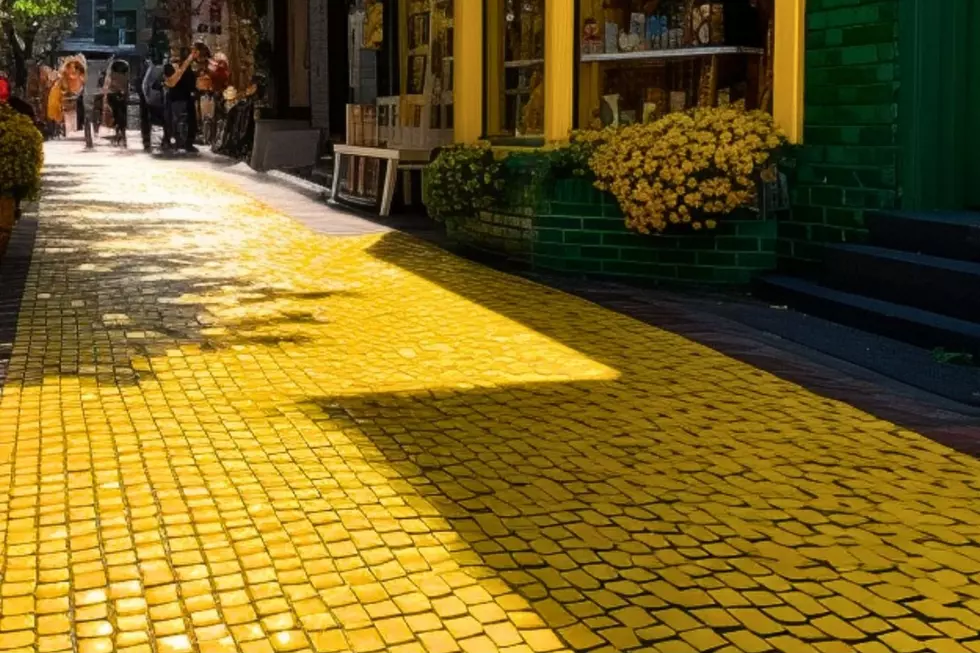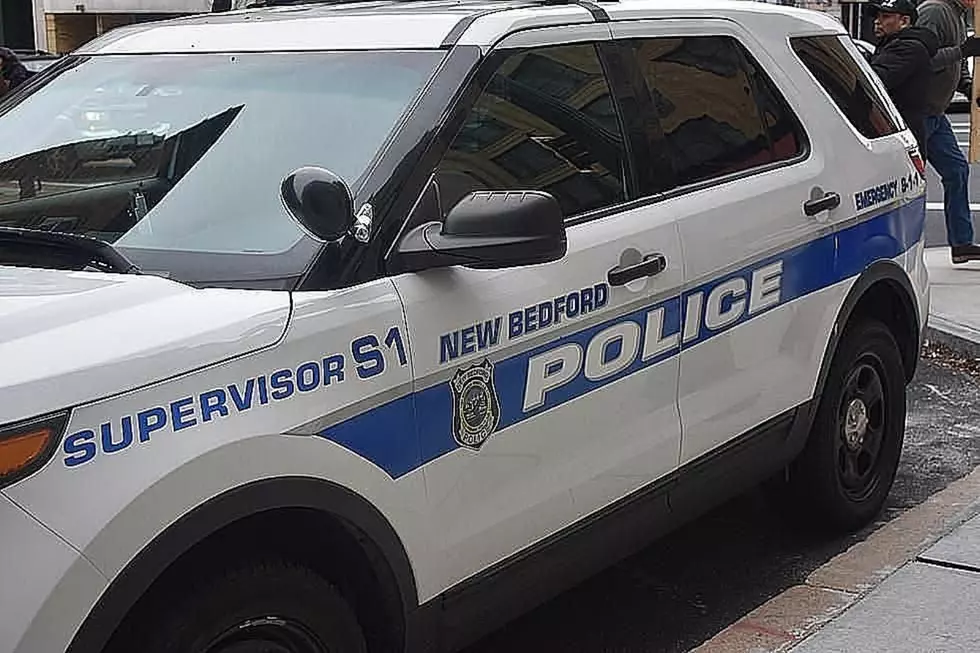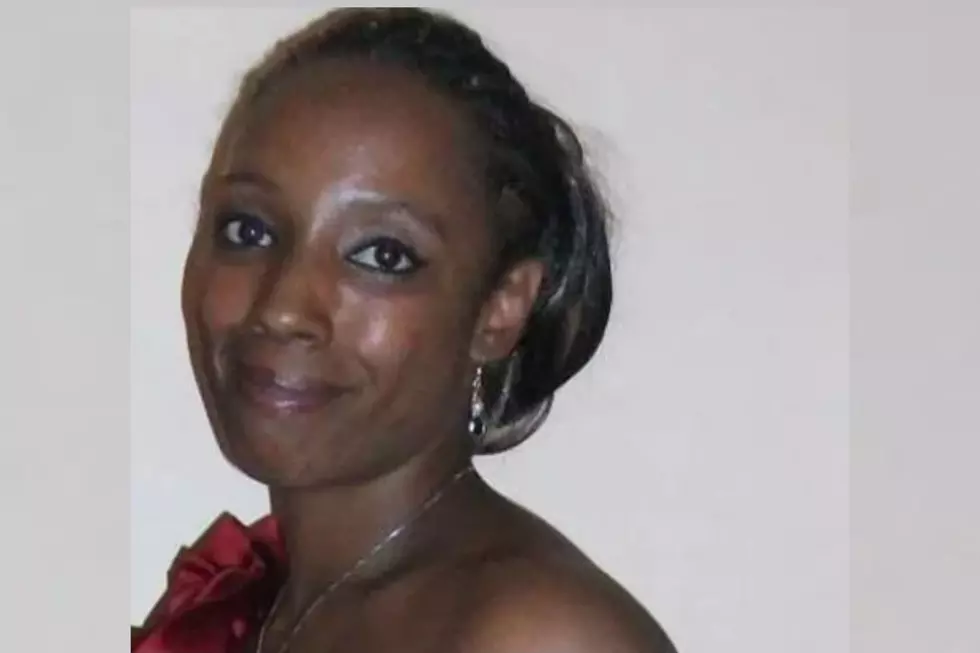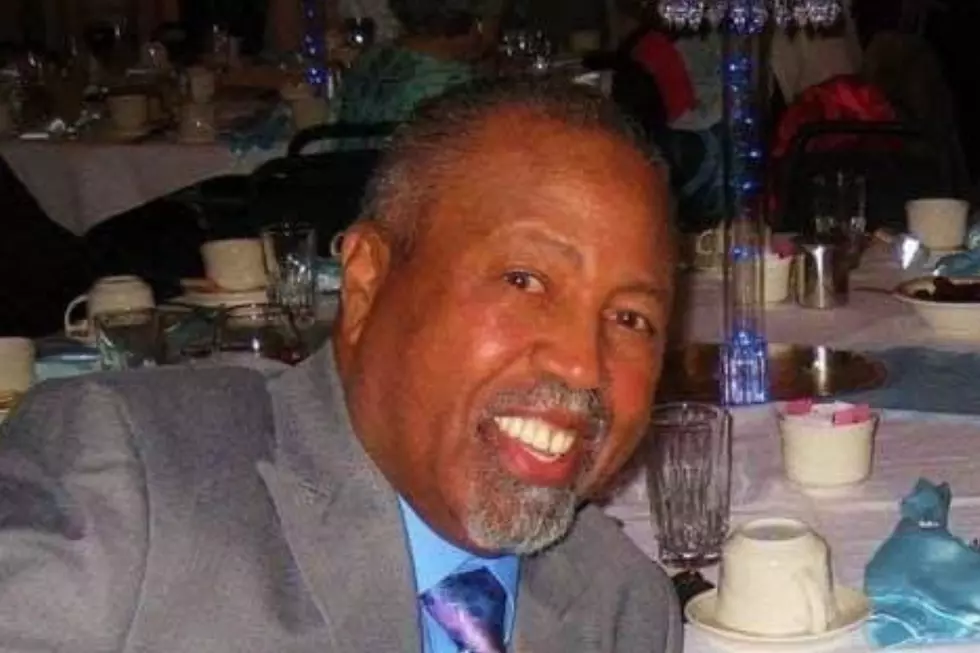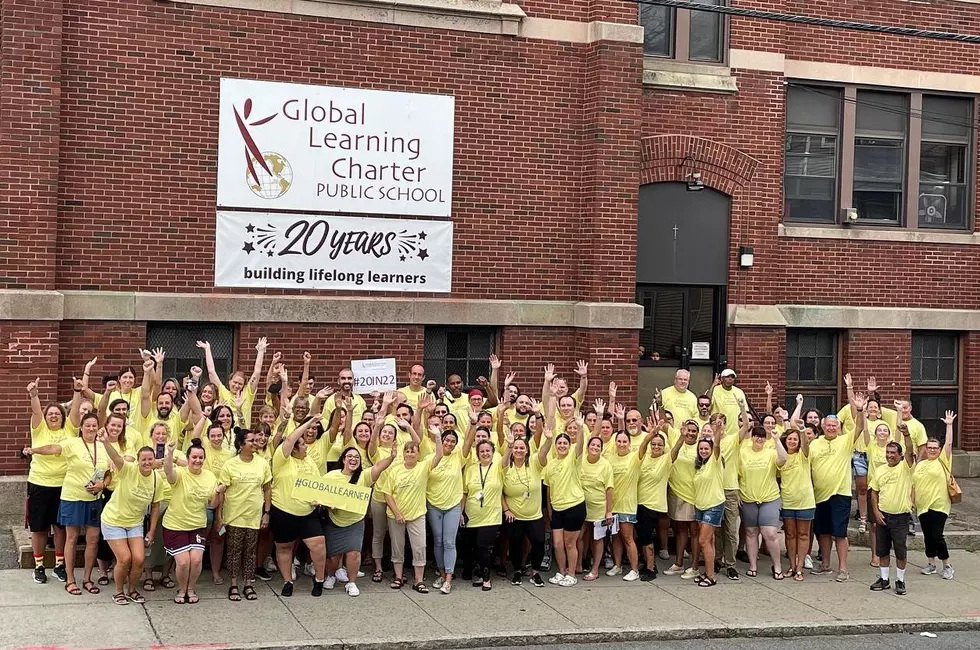
New Bedford’s Anti-Slavery Views Unquestionable Since 1866
The New Bedford Civil War Memorial, also known as the Soldiers and Sailors Monument, stands tall at Clasky Common Park, where it has been since its dedication on July 4, 1866.
The cornerstone was in place for the Independence Day dedication and celebration in July 1866, but the Massachusetts Civil War Monuments Project believes completion of the monument likely occurred in 1867.
The Monuments Project says the architect/sculptor/manufacturer is unknown.

What is notable about the monument is the inscription. It reads: "Erected by the City of New Bedford as a tribute of gratitude to her sons who fell defending their country in the struggle with slavery and treason."
Most historians agree that the Civil War, from the perspective of the North, was a means of reuniting the Union as the South attempted to secede. The issues were perceived primarily as economic and had less to do with freeing slaves.
It wasn't until after President Abraham Lincoln met abolitionist and former slave Frederick Douglass for the first time in August 1863 that Lincoln understood the moral need to press the fight for emancipation.
The words inscribed on New Bedford's Civil War Memorial indicate that Mayor John H. Perry and the people of New Bedford understood the emancipation issue was as significant as reunification.
Ken Hartnett wrote an informative piece for New Bedford Light upon the memorial's 155th Anniversary in 2021. Hartnett notes that roughly 10 percent (3,300) of New Bedford's 24,000 residents participated in the Civil War.
Massachusetts Geneology Trails lists the New Bedford casualties of what it refers to as the "Great Rebellion."
LOOK: 50 essential civil rights speeches
A Guide to New Bedford's Memorial Tanks and Cannons
Buildings Featured in the New Bedford Pathways Historical Walking Tours
More From WFHN-FM/FUN 107
